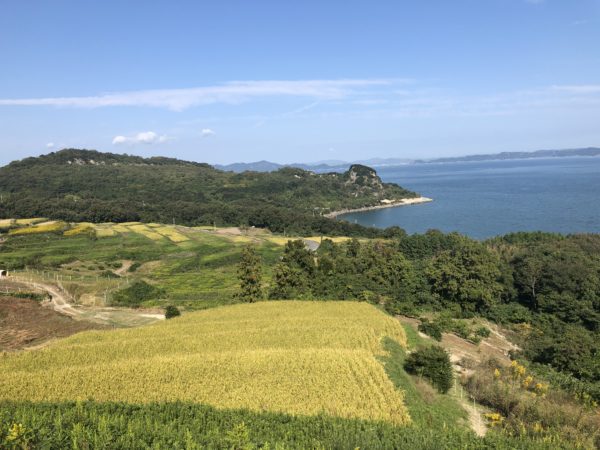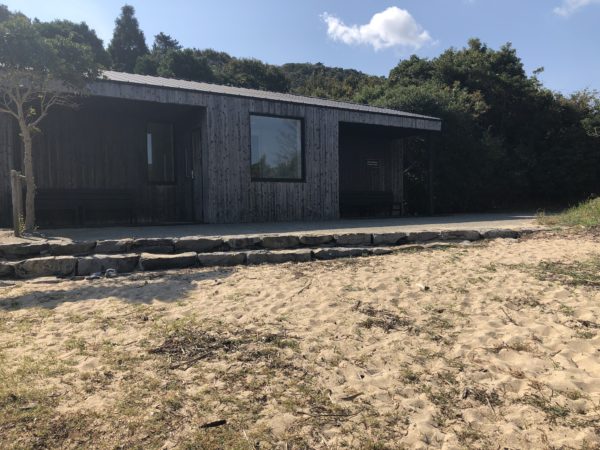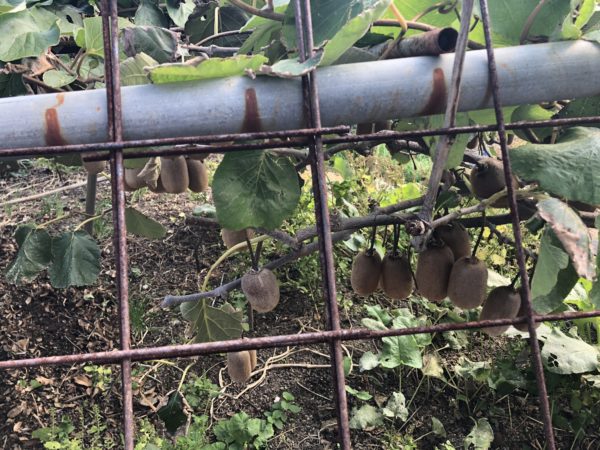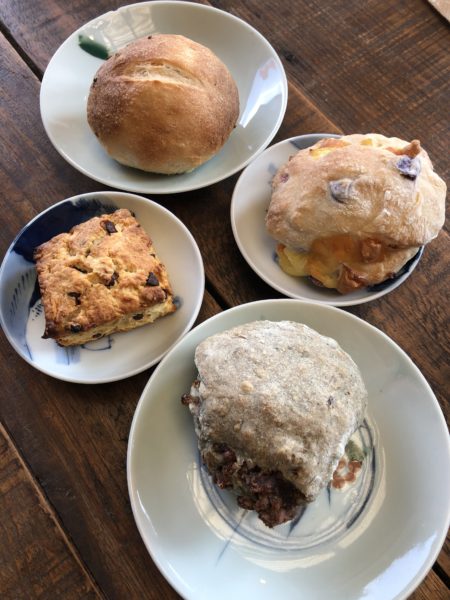Teshima Island and back to Tokyo
 We couldn’t help ourselves, we had to call in an audible. We always do. We planned on staying 3 nights at Benesse House in Naoshima but got up to speed quickly and realized 2 nights was plenty. The pro move would be to get to Teshima first for half a day and then go to Naoshima to spend the night. Do the second day which is a full day at Naoshima and then leave after you are done and go to Kyoto or Tokyo. No need to eat and sleep there for two nights although we did wake up to the beautiful setting above each morning.
We couldn’t help ourselves, we had to call in an audible. We always do. We planned on staying 3 nights at Benesse House in Naoshima but got up to speed quickly and realized 2 nights was plenty. The pro move would be to get to Teshima first for half a day and then go to Naoshima to spend the night. Do the second day which is a full day at Naoshima and then leave after you are done and go to Kyoto or Tokyo. No need to eat and sleep there for two nights although we did wake up to the beautiful setting above each morning.
 We grabbed the ferry over to Teshima from Naoshima.
We grabbed the ferry over to Teshima from Naoshima.
 First stop is the Teshima Art Museum. The island has about 800 people who live there. It is gorgeous. These views are from the museum. The rice paddies, the ocean, the trees, it is so stunning.
First stop is the Teshima Art Museum. The island has about 800 people who live there. It is gorgeous. These views are from the museum. The rice paddies, the ocean, the trees, it is so stunning.
 No pics here either but I broke the rules. What can I say? The museum has the work of Rei Naito and the is architect Ryue Nishizawa. The collaboration is a total wow. It is hard to see from this photo how special this place is. Only so many people can go in at once and that has been consistent at every museum on both islands. It allows you to feel that you are on your own personal journey because there are no crowds. You enter without shoes. There are small holes on the floor that allow water to spring from the ground into the space. The space has two large oval openings that look like a water droplet and the openings bring in nature, light, and sounds. As the water seeps into the space it continues to move and form larger and smaller puddles because water has electric conductivity. People come back over the course of the day as the water gets deeper and the light changes. It is just an incredible experience.
No pics here either but I broke the rules. What can I say? The museum has the work of Rei Naito and the is architect Ryue Nishizawa. The collaboration is a total wow. It is hard to see from this photo how special this place is. Only so many people can go in at once and that has been consistent at every museum on both islands. It allows you to feel that you are on your own personal journey because there are no crowds. You enter without shoes. There are small holes on the floor that allow water to spring from the ground into the space. The space has two large oval openings that look like a water droplet and the openings bring in nature, light, and sounds. As the water seeps into the space it continues to move and form larger and smaller puddles because water has electric conductivity. People come back over the course of the day as the water gets deeper and the light changes. It is just an incredible experience.
 Next stop is Les Archives du Coeur by Christian Boltanski. This small space sits down a path on an isolated beach. It permanently houses (to date) 68,000 heartbeats from around the world. You can record your own heartbeat and listen to others. Fascinating concept.
Next stop is Les Archives du Coeur by Christian Boltanski. This small space sits down a path on an isolated beach. It permanently houses (to date) 68,000 heartbeats from around the world. You can record your own heartbeat and listen to others. Fascinating concept.
 Like Naoshima, there are public art installations around the island. I really liked the basketball one. There is a marked circle for shooting and a bucket of balls too.
Like Naoshima, there are public art installations around the island. I really liked the basketball one. There is a marked circle for shooting and a bucket of balls too.
 We walked around a neighborhood to go see an installation at a hotel but it no longer exists. There was a woman tending her garden.
We walked around a neighborhood to go see an installation at a hotel but it no longer exists. There was a woman tending her garden.
 She grew kiwis too. The island is known for rice, strawberries, olives and citrus fruits such as oranges and yuzu.
She grew kiwis too. The island is known for rice, strawberries, olives and citrus fruits such as oranges and yuzu.
 Teshima Yokoo House is a more interesting structure than the art inside. Red is the theme here. As you walk down the street you see these red panes of glass that reflect.
Teshima Yokoo House is a more interesting structure than the art inside. Red is the theme here. As you walk down the street you see these red panes of glass that reflect.
 Inside the garden has red rocks and a pond that flows under the building. You can see into with the glass floor. The best thing here which is not really photograph worthy is a silo that you walk inside with a glass floor. Whether you look up or down, it seems to go on forever. The walls are covered with photos of waterfalls.
Inside the garden has red rocks and a pond that flows under the building. You can see into with the glass floor. The best thing here which is not really photograph worthy is a silo that you walk inside with a glass floor. Whether you look up or down, it seems to go on forever. The walls are covered with photos of waterfalls.
 Although my favorite was the bathroom.
Although my favorite was the bathroom.
 We had some treats at a small cafe before getting on the ferry and making our way back to Tokyo.
We had some treats at a small cafe before getting on the ferry and making our way back to Tokyo.
 The move at the train is the bento box. That is what we were told.
The move at the train is the bento box. That is what we were told.
 Looks beautiful. Taste, meh.
Looks beautiful. Taste, meh.
 We got back to Tokyo and were happy to be back in the concrete jungle. Had dinner at Kaikaya where we shared a bunch of plates. The rice was the fave and we ordered it twice.
We got back to Tokyo and were happy to be back in the concrete jungle. Had dinner at Kaikaya where we shared a bunch of plates. The rice was the fave and we ordered it twice.
 We walked around Shibuya afterward before heading back to the hotel. I tried to capture some of the people on the street. Everyone here has their own look and it is really chic. It is so great to walk the streets and see that people care about how they look. Here are a few shots.
We walked around Shibuya afterward before heading back to the hotel. I tried to capture some of the people on the street. Everyone here has their own look and it is really chic. It is so great to walk the streets and see that people care about how they look. Here are a few shots.
 Another one.
Another one.
 Another one.
Another one.
 Another one.
Another one.
 And the last one. They don’t capture what we have seen as I am not that quick on the camera but it is inspiring.
And the last one. They don’t capture what we have seen as I am not that quick on the camera but it is inspiring.


Comments (Archived):
I hadn’t realized Japan was dry enough for olive cultivation. Interesting, and the pics are evocative…